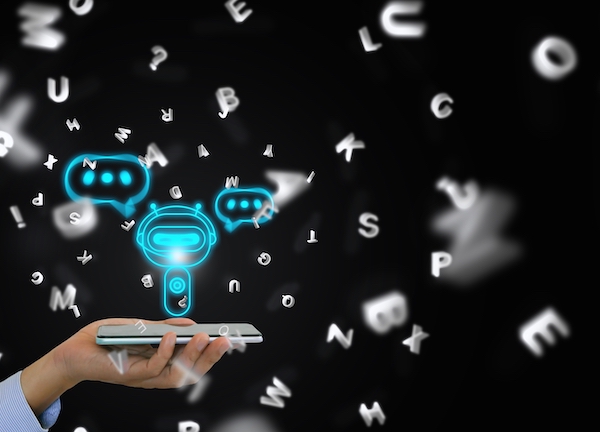Redefining AI: From Suspect to Solution in Building a Sustainable Future
Initially met with doubt and even apprehension, artificial intelligence (AI) has faced challenges in struggling to lose its reputation as a potential threat. Now, as generative AI continues to make significant advancements, the technology that once seemed distant is rapidly becoming a reality. Yet, the image of AI as a threat persists. This negative portrayal influences public opinion, shaping perceptions of AI as an unseen force threatening our livelihoods or as a resource-hungry entity causing environmental harm in data centers. However, AI is not a monstrous entity to fear; it is a transformative technology with the potential to drive progress, particularly in the field of energy. So, why is AI struggling to shake off any negative reputation? What does the future look like as we move into a new era of energy? And what will AI’s role be in the electrification and digitalization of the world? The Looming Figure of AI Let’s start by addressing some common concerns raised in the media. While AI offers immense benefits, much of the trepidation stems from a lack of understanding. A 2024 Ipsos report found that while half of respondents feel nervous about AI, only the same proportion actually know what products and services rely on it. Widely reported concerns on AI refer to energy consumption, carbon footprint, and operational costs. Looking at ChatGPT for example, studies estimate that the large language model consumes around 2.9 watt-hours per search, almost ten times the amount of energy needed for a standard Google search. Other stories detail AI’s water consumption, with researchers at the University of California Riverside reporting that a 100-word email generated by an AI chatbot consumes more than 500ml of water. While AI may require more resources than other technologies, innovation is making it increasingly energy efficient. Researchers are currently developing specialized hardware, such as 3D chips, which significantly enhance performance while reducing energy consumption. For instance, Nvidia, a leading chip manufacturer, claims its GB200 "superchip" delivers a 30-fold increase in performance for generative AI while using 25 times less energy. More importantly, AI plays a crucial role in sustainability by actually helping reduce energy and water consumption. When integrated into energy management software, AI enables businesses to identify inefficiencies, optimize resource use, and lower energy costs, emissions, and overall consumption. This not only improves ESG reporting scores but also supports national and global sustainability goals. AI is essential for the future, and with continued advancements, it does not have to come at the expense of environmental responsibility. The Age of Electricity 4.0 As we look to the road ahead and our ambitious climate targets, energy is the key area that requires transformation. With 80% of global carbon emissions coming from the production and consumption of energy, decarbonizing energy is the key to net zero. Luckily, by using existing technologies to decarbonize, we could reduce 70% of CO2 emissions and save 10-15Gt CO2 annually – and this is where we move into the era of Electricity 4.0. This era is categorized by wide-scale electrification and digitalization of energy and infrastructure, evolving energy from the biggest driver of carbon emissions to the biggest opportunity for carbon reduction. Electrification makes energy more sustainable, moving away from fossil fuels in favor of an increasing share of renewables. Digitalization means making energy data more visible and integrating more energy automation, allowing leaders to boost efficiency and make substantial consumption and cost savings. The two together will be crucial to power a more sustainable and resilient world. Going one step further to make Electricity 4.0 the most effective it can be, AI will prove itself as a key tool to turbocharge this cleaner, more efficient energy future. AI Dials Up the Positives We must reframe AI as a key enabler of a more electric, digital, and sustainable future. As a catalyst for Electricity 4.0, AI enhances smarter, faster, and more precise decision-making through real-time monitoring and big data analysis. This enables businesses to better manage on-site energy storage, smooth peak consumption, and reduce reliance on fossil fuels in ways previously unattainable. Our North American R&D hub in Boston is a prime example, featuring an advanced microgrid with 1,379 solar modules and photovoltaic inverters for on-site power generation. By leveraging AI and cloud-based analytics through EcoStruxure Microgrid Advisor, the hub optimizes energy performance across solar, energy storage, and EV charging, generating over 520,000 kWh annually, equivalent to removing the annual greenhouse gas emissions of more than 2,400 cars. Additionally, AI-driven solutions can optimize energy use in residential spaces. On the basic level, this allows users to dynamically adjust lighting and

Initially met with doubt and even apprehension, artificial intelligence (AI) has faced challenges in struggling to lose its reputation as a potential threat. Now, as generative AI continues to make significant advancements, the technology that once seemed distant is rapidly becoming a reality. Yet, the image of AI as a threat persists.
This negative portrayal influences public opinion, shaping perceptions of AI as an unseen force threatening our livelihoods or as a resource-hungry entity causing environmental harm in data centers. However, AI is not a monstrous entity to fear; it is a transformative technology with the potential to drive progress, particularly in the field of energy.
So, why is AI struggling to shake off any negative reputation? What does the future look like as we move into a new era of energy? And what will AI’s role be in the electrification and digitalization of the world?
The Looming Figure of AI
Let’s start by addressing some common concerns raised in the media. While AI offers immense benefits, much of the trepidation stems from a lack of understanding. A 2024 Ipsos report found that while half of respondents feel nervous about AI, only the same proportion actually know what products and services rely on it.
Widely reported concerns on AI refer to energy consumption, carbon footprint, and operational costs. Looking at ChatGPT for example, studies estimate that the large language model consumes around 2.9 watt-hours per search, almost ten times the amount of energy needed for a standard Google search. Other stories detail AI’s water consumption, with researchers at the University of California Riverside reporting that a 100-word email generated by an AI chatbot consumes more than 500ml of water.
While AI may require more resources than other technologies, innovation is making it increasingly energy efficient. Researchers are currently developing specialized hardware, such as 3D chips, which significantly enhance performance while reducing energy consumption. For instance, Nvidia, a leading chip manufacturer, claims its GB200 "superchip" delivers a 30-fold increase in performance for generative AI while using 25 times less energy.
More importantly, AI plays a crucial role in sustainability by actually helping reduce energy and water consumption. When integrated into energy management software, AI enables businesses to identify inefficiencies, optimize resource use, and lower energy costs, emissions, and overall consumption. This not only improves ESG reporting scores but also supports national and global sustainability goals.
AI is essential for the future, and with continued advancements, it does not have to come at the expense of environmental responsibility.
The Age of Electricity 4.0
As we look to the road ahead and our ambitious climate targets, energy is the key area that requires transformation. With 80% of global carbon emissions coming from the production and consumption of energy, decarbonizing energy is the key to net zero. Luckily, by using existing technologies to decarbonize, we could reduce 70% of CO2 emissions and save 10-15Gt CO2 annually – and this is where we move into the era of Electricity 4.0.
This era is categorized by wide-scale electrification and digitalization of energy and infrastructure, evolving energy from the biggest driver of carbon emissions to the biggest opportunity for carbon reduction. Electrification makes energy more sustainable, moving away from fossil fuels in favor of an increasing share of renewables. Digitalization means making energy data more visible and integrating more energy automation, allowing leaders to boost efficiency and make substantial consumption and cost savings. The two together will be crucial to power a more sustainable and resilient world. Going one step further to make Electricity 4.0 the most effective it can be, AI will prove itself as a key tool to turbocharge this cleaner, more efficient energy future.
AI Dials Up the Positives
We must reframe AI as a key enabler of a more electric, digital, and sustainable future. As a catalyst for Electricity 4.0, AI enhances smarter, faster, and more precise decision-making through real-time monitoring and big data analysis. This enables businesses to better manage on-site energy storage, smooth peak consumption, and reduce reliance on fossil fuels in ways previously unattainable. Our North American R&D hub in Boston is a prime example, featuring an advanced microgrid with 1,379 solar modules and photovoltaic inverters for on-site power generation. By leveraging AI and cloud-based analytics through EcoStruxure Microgrid Advisor, the hub optimizes energy performance across solar, energy storage, and EV charging, generating over 520,000 kWh annually, equivalent to removing the annual greenhouse gas emissions of more than 2,400 cars.
Additionally, AI-driven solutions can optimize energy use in residential spaces. On the basic level, this allows users to dynamically adjust lighting and heating based on occupancy patterns, significantly reducing energy waste. This technology can also power the future of ‘prosumer’ whereby users can generate, store, and manage their own renewable energy. This transformation therefore streamlines operations, cuts costs, and accelerates sustainability efforts.
Powering the Future With AI
By optimizing energy systems, improving efficiency, and driving innovation across industries, AI will play a central role in reducing emissions and advancing renewable energy solutions. Far from being a villain, AI's potential to revolutionize climate action makes it one of the most powerful allies we have in the fight against climate change.
A more sustainable future, one rooted in clean energy and responsible consumption, is not just possible, but is undeniably AI-powered.
About the Author
 Frédéric Godemel is the Executive Vice-President for Energy Management and a member of Schneider Electric’s Executive Committee, effective January 2025. Prior to this role, Frédéric was the Executive Vice President for Power Systems and Services, acting as a strong advocate for electrification and decarbonization, often representing Schneider Electric at high-profile speaking engagements. He joined Schneider in 1990 and developed his international career around the power domain, spanning across low and medium voltage, energy automation, infrastructure and services. Over the years, he has held various global and operational leadership roles based in China, the UAE, and France. Frédéric holds a degree in engineering from Ecole Centrale de Nantes (France) and an MBA from ESSEC (France).
Frédéric Godemel is the Executive Vice-President for Energy Management and a member of Schneider Electric’s Executive Committee, effective January 2025. Prior to this role, Frédéric was the Executive Vice President for Power Systems and Services, acting as a strong advocate for electrification and decarbonization, often representing Schneider Electric at high-profile speaking engagements. He joined Schneider in 1990 and developed his international career around the power domain, spanning across low and medium voltage, energy automation, infrastructure and services. Over the years, he has held various global and operational leadership roles based in China, the UAE, and France. Frédéric holds a degree in engineering from Ecole Centrale de Nantes (France) and an MBA from ESSEC (France).





















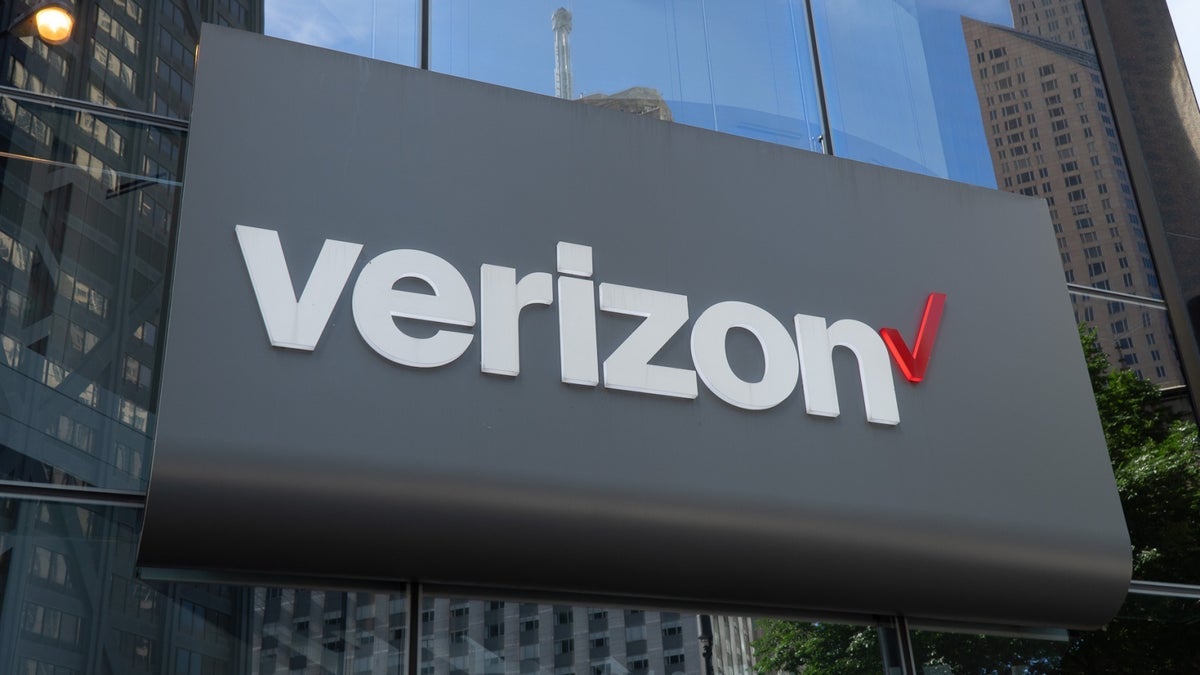




















![Mobile Legends: Bang Bang [MLBB] Free Redeem Codes April 2025](https://www.talkandroid.com/wp-content/uploads/2024/07/Screenshot_20240704-093036_Mobile-Legends-Bang-Bang.jpg)
























![Apple Releases iOS 18.5 Beta 3 and iPadOS 18.5 Beta 3 [Download]](https://www.iclarified.com/images/news/97076/97076/97076-640.jpg)
![Apple Seeds visionOS 2.5 Beta 3 to Developers [Download]](https://www.iclarified.com/images/news/97077/97077/97077-640.jpg)
![Apple Seeds tvOS 18.5 Beta 3 to Developers [Download]](https://www.iclarified.com/images/news/97078/97078/97078-640.jpg)
![Apple Seeds watchOS 11.5 Beta 3 to Developers [Download]](https://www.iclarified.com/images/news/97079/97079/97079-640.jpg)













![Lenovo shows off its next 8.8-inch Legion Tab with vague AI promises [Gallery]](https://i0.wp.com/9to5google.com/wp-content/uploads/sites/4/2025/04/lenovo-legion-tab-y700-2025-1.jpg?resize=1200%2C628&quality=82&strip=all&ssl=1)








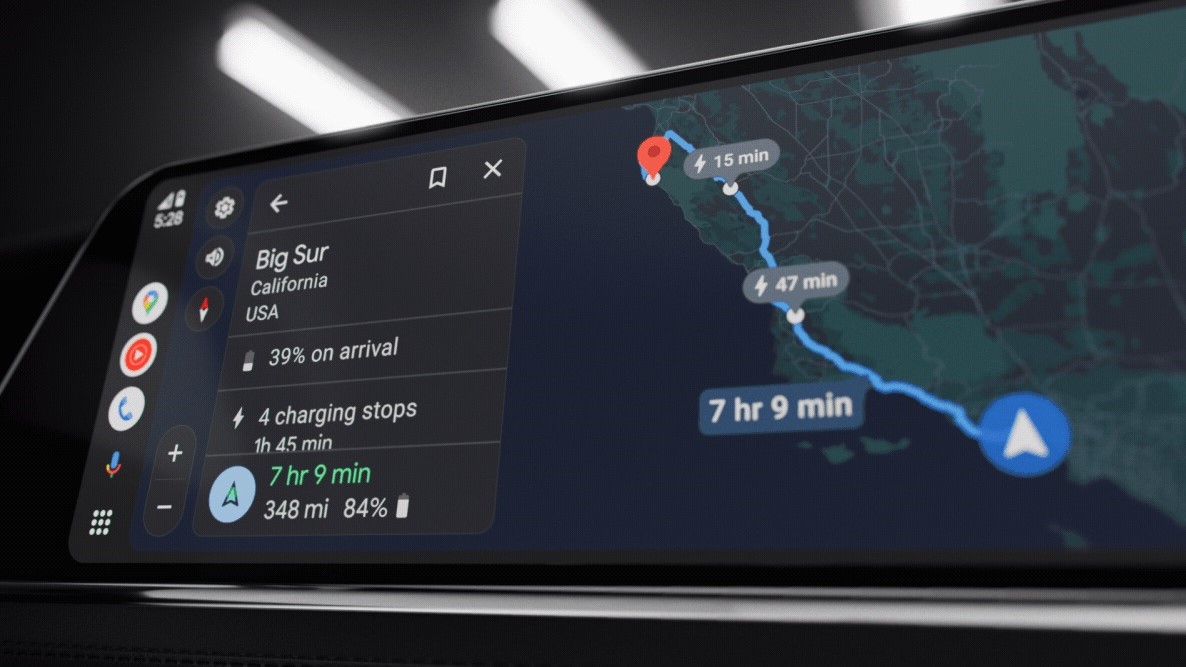
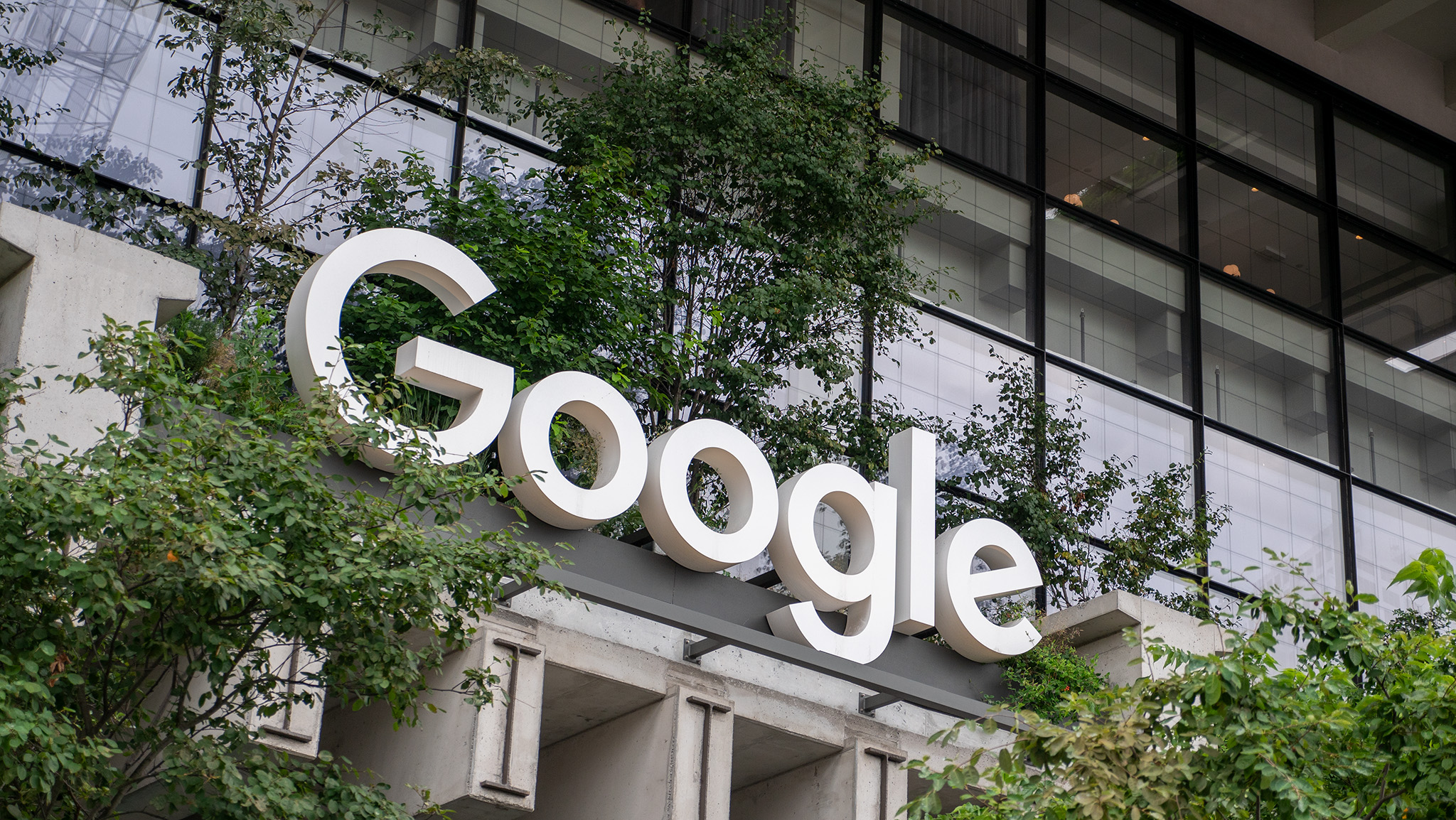






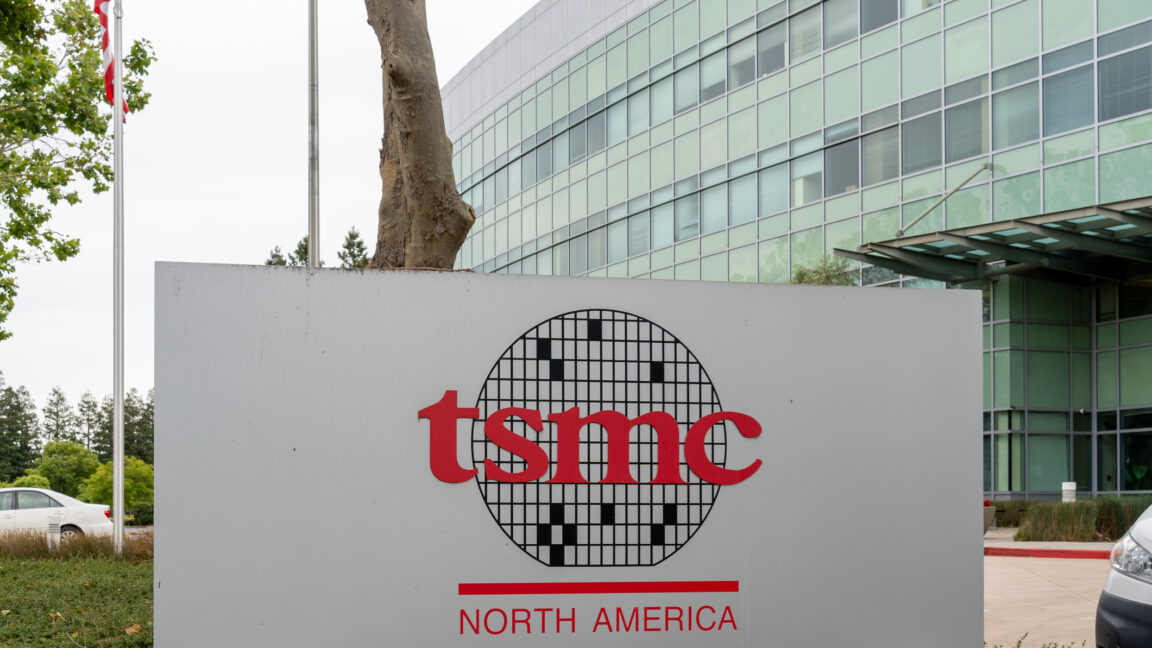


























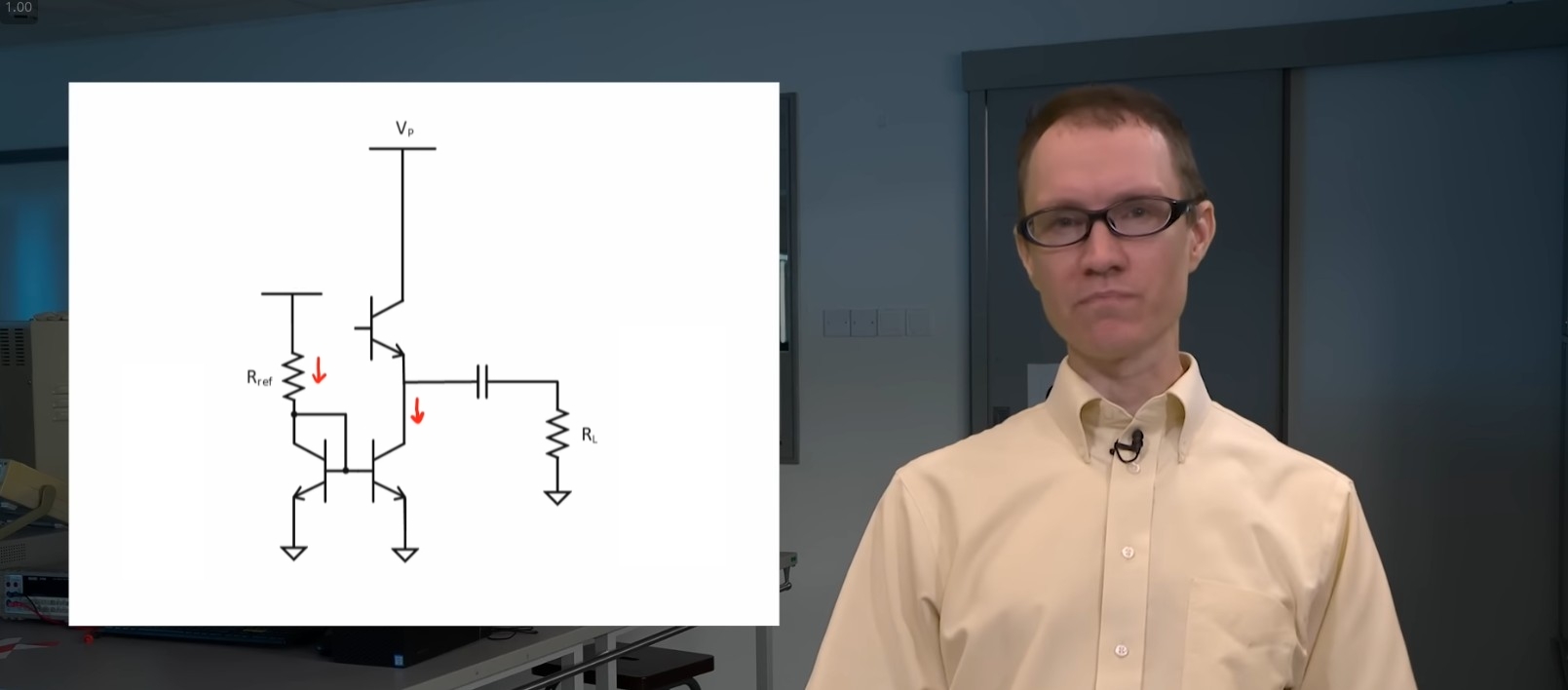


















































_Tanapong_Sungkaew_via_Alamy.jpg?width=1280&auto=webp&quality=80&disable=upscale#)
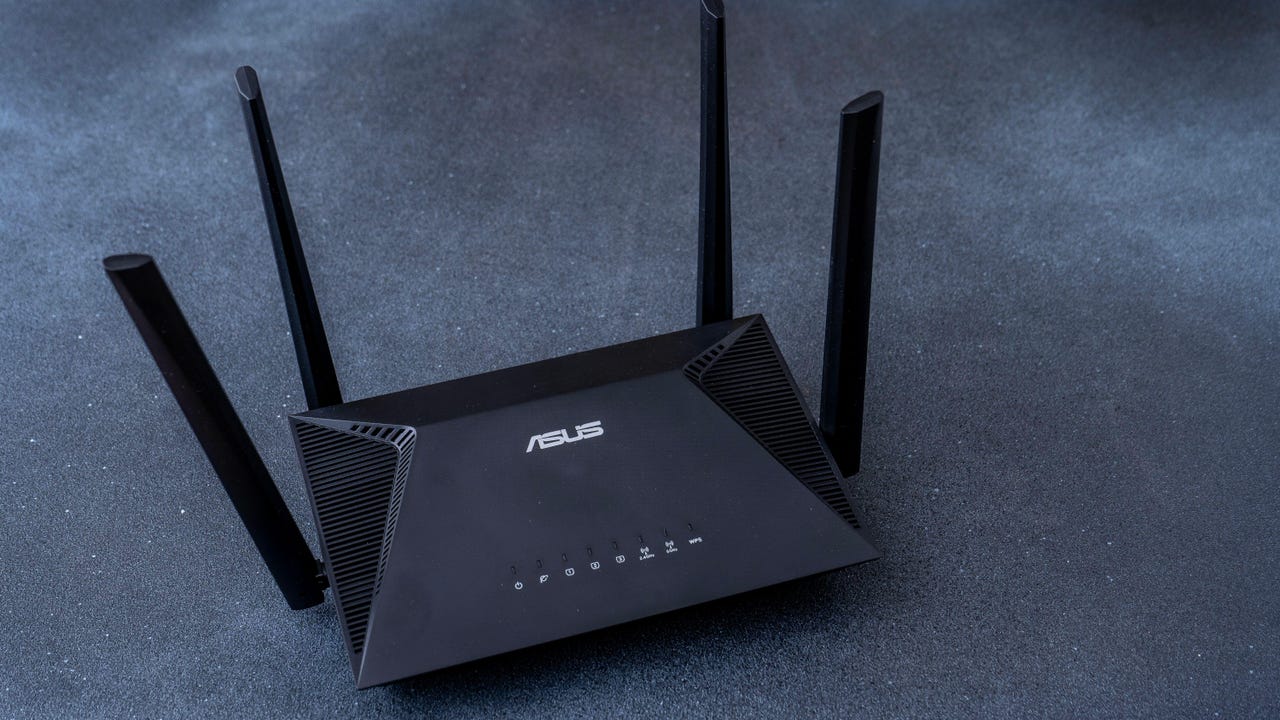



















































































![[The AI Show Episode 144]: ChatGPT’s New Memory, Shopify CEO’s Leaked “AI First” Memo, Google Cloud Next Releases, o3 and o4-mini Coming Soon & Llama 4’s Rocky Launch](https://www.marketingaiinstitute.com/hubfs/ep%20144%20cover.png)





























































































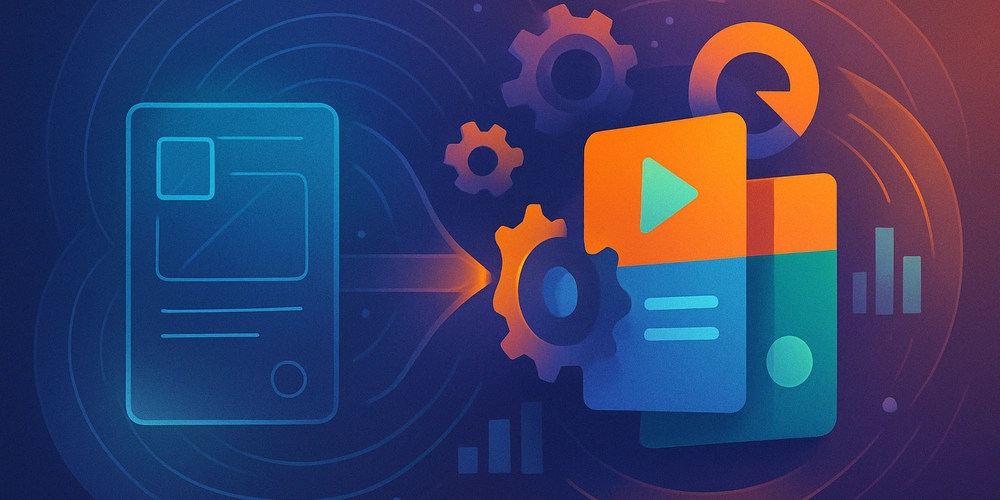

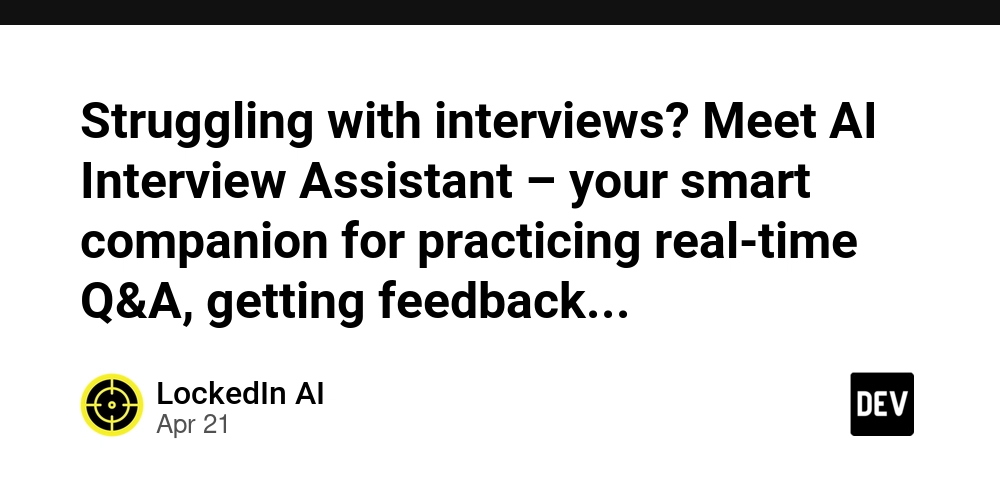























![BPMN-procesmodellering [closed]](https://i.sstatic.net/l7l8q49F.png)
















![From fast food worker to cybersecurity engineer with Tae'lur Alexis [Podcast #169]](https://cdn.hashnode.com/res/hashnode/image/upload/v1745242807605/8a6cf71c-144f-4c91-9532-62d7c92c0f65.png?#)
































































































